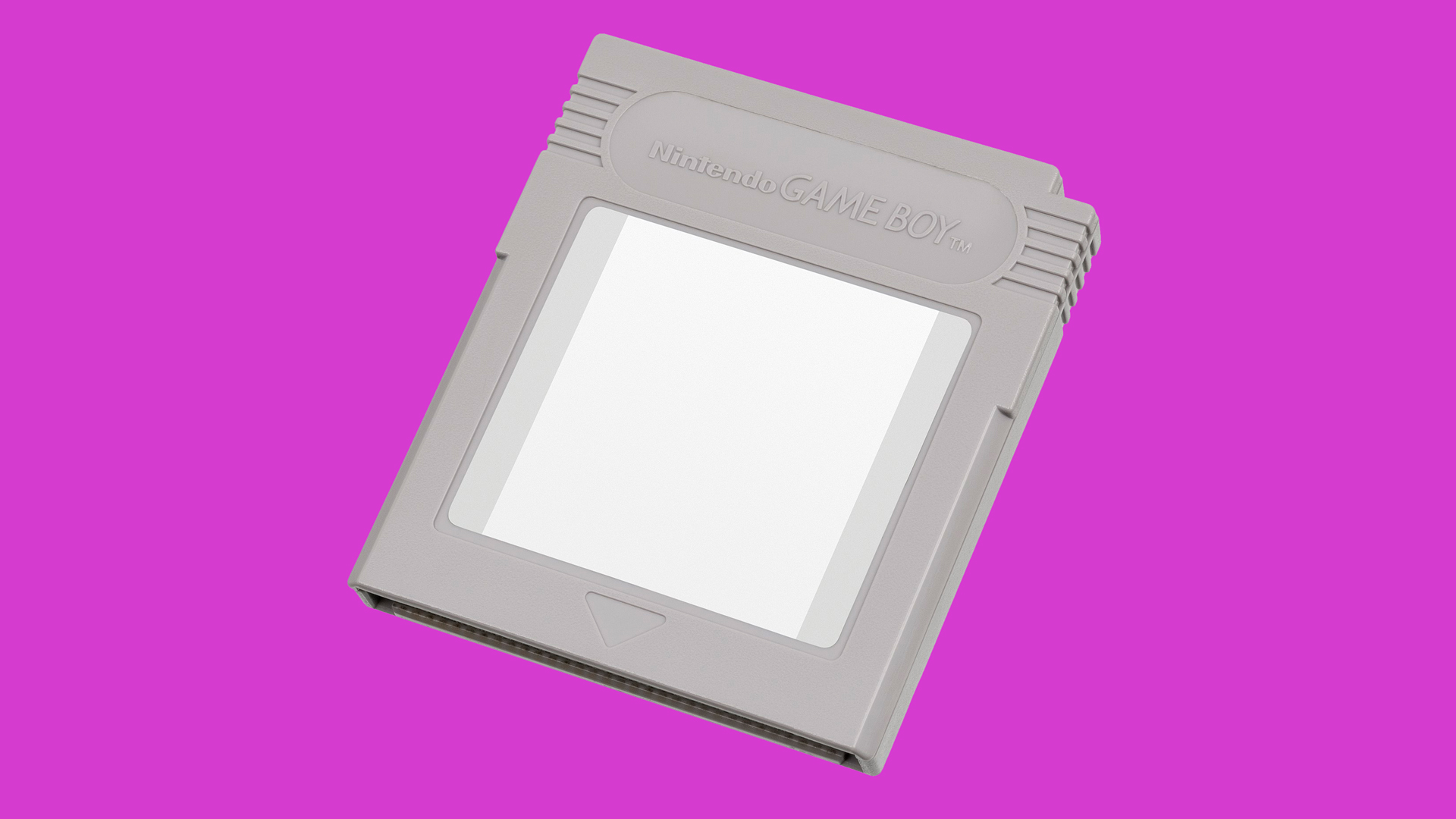
I was 12 years old when I first laid my hands on a Game Boy. That grey chunky plastic shell, with its interchangeable game cartridges and tiny dot-matrix screen. Sure it was a bit clunky, and there was no backlight on the screen, but at that moment in time, 35 years ago, it marked the beginning of a revolution.
It brought video games from the living room TV and put them in the palm of our hands. Gaming had gone mainstream as a legitimate form of entertainment for all ages.
As we celebrate the Game Boy's 35th anniversary, a couple of things are apparent: first, I’m getting old; and more appositely for here, the Game Boy has evolved from a product of its time to a timeless retro gaming console icon, worthy of a permanent place in the Museum of Modern Art collection.
So you’ve got to ask: why, amongst the PlayStations and Xboxes, does that brick of a handheld console hold such a coveted place in our hearts?
Future nostalgia
The Game Boy’s design is a testament to the power of simplicity. Its grey casing, chunky buttons, and tiny screen (that was pretty much useless on a sunny day), might not chime with today’s idea of modernity, but back in the early '90s having one of these in your back pocket made you the coolest kid in the playground
In stark contrast to the skimpy and sleek devices of today, the Game Boy's bulky shape and simple plastic aesthetics convey a sense of nostalgia that appeals not only to the children of the late '80s and '90s but a new generation who are discovering the joy of retro gaming. In fact, YouTube stats show that there were over 1,000 times more uploads of videos related to retro gaming in the first half of 2023, than there were for the same period in 2007.
It would seem that like the decade’s fashion, now '90s gaming is having a moment in the 2020s.
But this nostalgia is not just about being retro – it’s also a hat-tip to an era when gameplay was truly the centrepiece of the game experience.
A true gaming experience

The technological limitations of the Game Boy (and to be fair, it had a few. Have I mentioned the lack of backlighting on that screen?) were made evident in the design of the device itself.
Using mature, well-understood technologies in innovative ways guided the design decisions made by Gunpei Yokoi and his team at Nintendo. The result was a straightforward aesthetic worthy of the German industrial designer Dieter Rams, with an easy-to-understand layout immediately playable for even the most novice gamer.
But what really made the Game Boy stand out from its handheld competitors at the time was its interchangeable cartridges. In the ‘Age of Downloads’, it is difficult to comprehend how this changed the industry.
For the first time, players could carry a whole library of games in their pockets. School playgrounds were venues for trades, with friends swapping Zelda for Donkey Kong, while older siblings handed down originals like Super Mario, as they escaped to a world of Pokémon. It was, however, Tetris that had the biggest impact – with the game being synonymous with the Game Boy.
Although it was already known in computer gaming circles, Alexey Pajitnov’s game entered the mainstream with the Game Boy. Nintendo's genius decision to secure the rights to Tetris and bundle it with the console was instrumental in propelling Tetris to unprecedented heights, but it is fair to say that the game was also a big part of why the console succeeded so spectacularly. The fact that both are still huge parts of the cultural landscape is a testament to their evergreen appeal.
So while the Game Boy looks every pixel its 35 years, its blend of innovative design, robust functionality, and cultural resonance has cemented its place as a true icon in the world of video games. With more than 118 million units sold, its impact is quite resounding. The Game Boy should not just be remembered for what it did for gaming, but for its pivotal role in shaping the future of entertainment.
As for me? I may not be an icon 35 years on, but with my Game Boy, I was the coolest kid in the playground, if only for a brief moment in time.
For more '90s nostalgia see our best '90s logos and best '90s adverts pieces.







